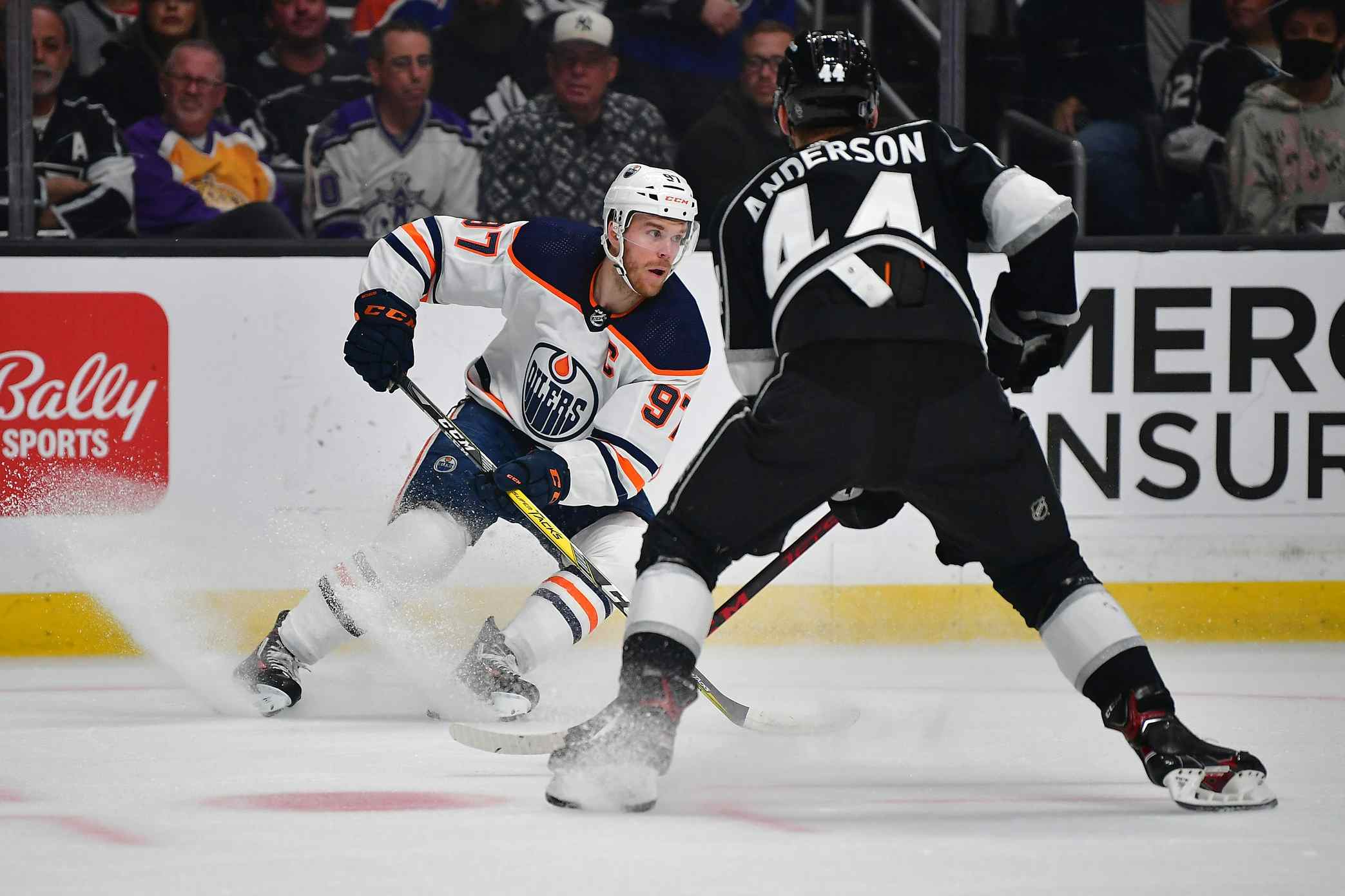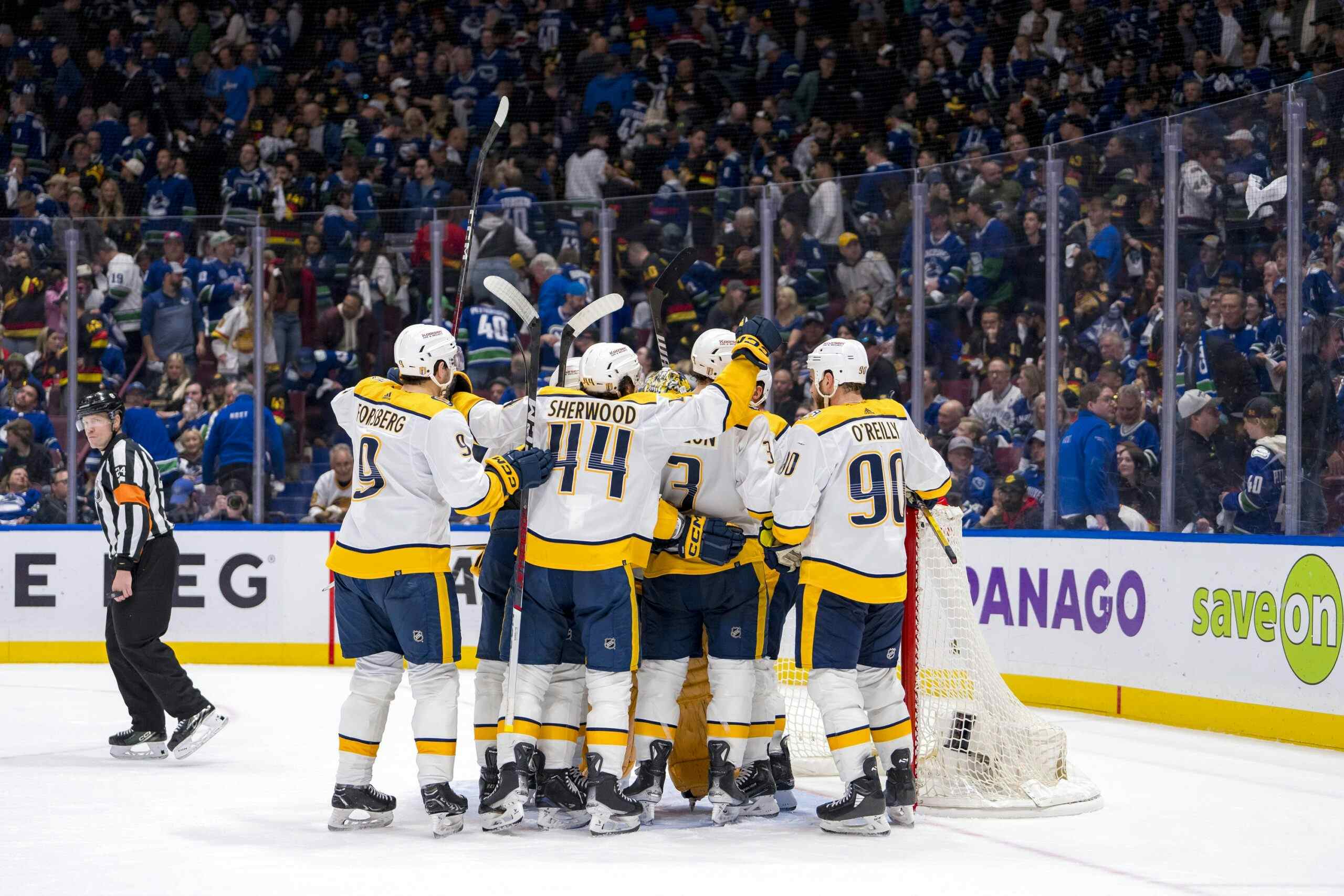The Top Goal-Scorer in the American Hockey League
We’ve had occasion this season to talk about a lot of the Oilers’ prospects in Oklahoma City. At times, it felt like three-quarters of the NHL squad was made up of call-ups from the AHL team. Players like Linus Omark, Teemu Hartikainen and Jeff Petry made lasting impressions, while others like Alex Giroux, Ryan O’Marra and Chris Vande Velde got more limited cameos.
One of the players who has been mostly ignored in this shuffle is Colin McDonald, a long-time Oilers farmhand who this year lead the American Hockey League in goal-scoring.
Now, there are two quick caveats to McDonald’s achievement: first, it is (at least partially) shooting percentage driven, and second he didn’t record assists (16 – still a career high) to match his goal-scoring.
McDonald’s AHL shooting percentage, by season:
- 2007-08: 12 goals (four on the power play) on 169 shots – 7.1 SH%
- 2008-09: 10 goals (zero on the power play) on 130 shots – 7.7 SH%
- 2009-10: 12 goals (zero on the power play) on 190 shots – 6.3 SH%
- 2010-11: 42 goals (19 on the power play) on 259 shots – 16.2 SH%
To put that in perspective: Colin McDonald’s power play production this season resulted in more goals than he’s ever managed to score in a full AHL season before. Those 19 power play goals almost represent two years’ worth of scoring for McDonald at his previous rates.
The spike in shots and the increased role on the power play are encouraging, but realistically it wouldn’t be a surprise to see McDonald’s production drop to 20 goals next season. I’m not saying that’s going to happen, but it wouldn’t shock me if it did.
What I do like about McDonald’s outburst this season is that it might be enough to get him in the conversation for an NHL job. McDonald’s not a guy who will make it to the NHL on the basis of his offensive game, but the challenge for him has always been to bring enough offense to the majors to complement his other skills. McDonald’s a regular penalty-killer (interesting side point: he’s scored at least one shorthanded goal every season since his rookie year), he brings a big frame and a defensive conscience, but the problem is that he’s always been a 25-point player in the American Hockey League.
We do know that he’s been employed in a checking role for a few seasons down in the minors. He’s a defensively responsible forward who spends the bulk of his ice-time against the best the AHL has to offer. If he can be a 20-goal scorer in the minors while handling those roles, there’s not a lot separating him from a fourth line job in the NHL.
The reason we didn’t see McDonald with the big club this season was because of his one-way AHL contract – he had no deal in place with the Oilers, just with the Barons. I think at the very least that he’s earned a two-way contract, and my hope is that it’s with the Oilers. He’s still a bit of a long-shot for an NHL career, but he’s a lot closer now than he was the day he turned professional, and at 26 he’s not much older than Fernando Pisani was when he turned himself into a big league player. Lowetide’s mentioned him in the past as a guy who might have a Pisani-like career, and this season represents a big step in that direction.
Recent articles from Jonathan Willis





